
Despite a lull phase in terms of consumer demand, the Indian smartphone market is never one to stay quiet. One of the world’s most attractive consumer electronics markets, India makes for one of the biggest hunting grounds for global brands in search of market-leading business potential — the effects of which have clearly been seen by brands such as Korea’s Samsung and China’s Xiaomi. This, naturally, necessitates keeping a track of the top 10 smartphone brands in India periodically, to understand how consumer buying trends shift over time.
In the first three months of the year i.e. Q1 2023, insights from 91mobiles’ exhaustive consumer electronics product search platform give us an interesting mix of the top 10 smartphone brands in the country. We also gain a couple of insights in terms of the overall trends in the industry — ones that can easily define how the next three quarters of this year would pan out.
Table of Contents
Top 10 smartphone brands in India in Q1 2023
The top 10 smartphone brands in India in the first quarter of this year are not too far from the lineup that you’d expect to see but with a few clear differences in line with the smartphone launches that have taken place during this period.
Note: Data sourced in the list is based on user queries and searches across the 91mobiles product platform for Q1 2023.
Samsung – 17 percent
Unsurprisingly ranking at the top of user searches and queries on 91mobiles through the first three months of the year, Samsung has hosted launches across its entire device portfolio — Galaxy F, M, A, and S — during this period. Some of the smartphones that were launched by the company in this period include the Galaxy F14, M54, A34, and A54, and the flagship Galaxy S23 series.
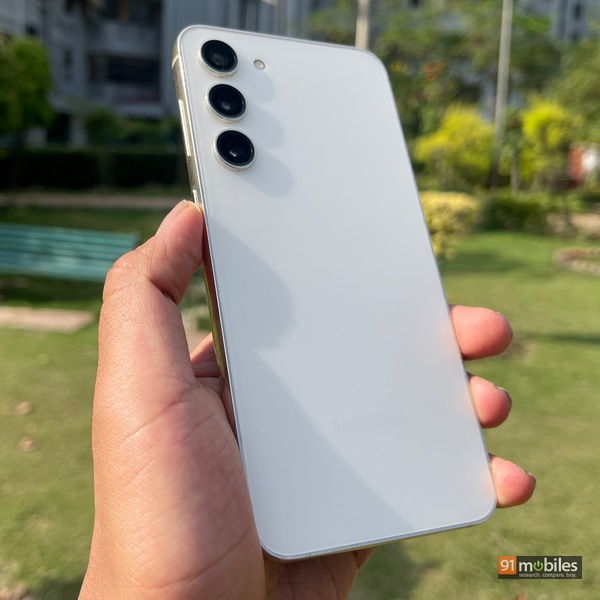
Much of Samsung’s interest generator was likely the Samsung Galaxy S23 series, which may have led it to become one of the top 10 smartphone brands in India in Q1 2023. The smartphone, like every year, became among the very first to launch with Qualcomm’s new flagship chip, and according to Samsung itself, the Galaxy S23 series has already sold 1.4x more than 2022’s Galaxy S22. All of this has led to Samsung being the most searched smartphone brand in Q1 2023, with a 17 percent share.
Xiaomi – 15.9 percent
At the second spot, just as in the smartphone shipment market shares, is Xiaomi, capturing 15.9 percent of all user searches on 91mobiles. The China brand, which for long ruled the Indian smartphone market as the number one selling brand, notably launched its flagship Xiaomi 13 Pro in India during this period.
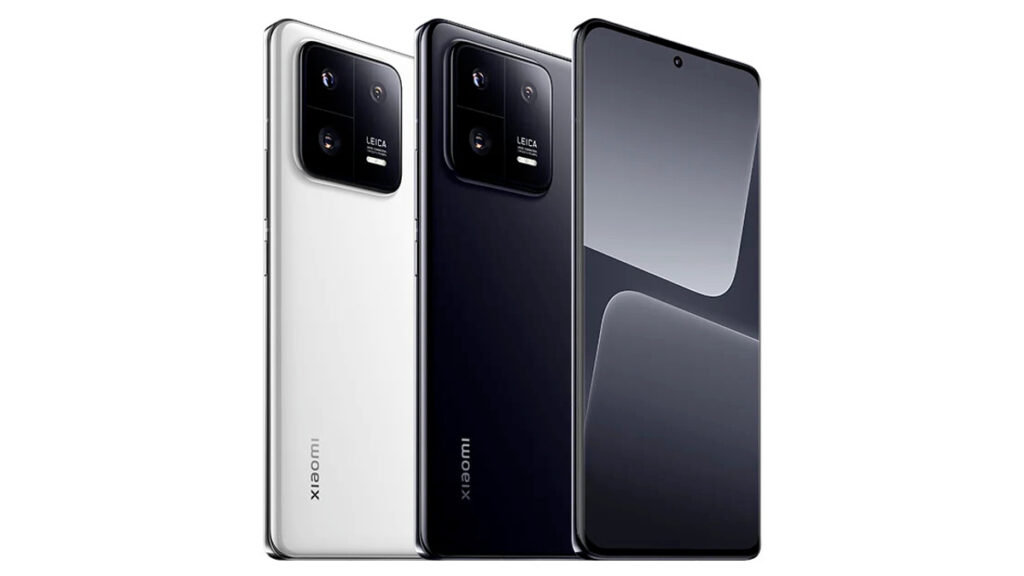
Like Samsung, the Xiaomi 13 Pro is one of the first phones with the Snapdragon 8 Gen 2 chip in India, and alongside this, it offers a host of premium features such as a 2K+ display, three 50MP rear cameras, and an association with legendary German camera-maker, Leica. It is this launch, coupled with the rollout commencement of Xiaomi’s custom interface, MIUI 14, that kept the brand at the top of the search and user interest queries through Q1 2023.
Realme – 14.5 percent
At the third spot in terms of user interest is Realme, which has had a comparatively quieter start to the year in India. However, the company did unveil the Realme GT 3 at the Mobile World Congress this year, which has made its way to India already. The flagship-grade smartphone runs on a generation-old flagship Qualcomm chip, but nevertheless makes for an interesting package in terms of overall specs and pricing.
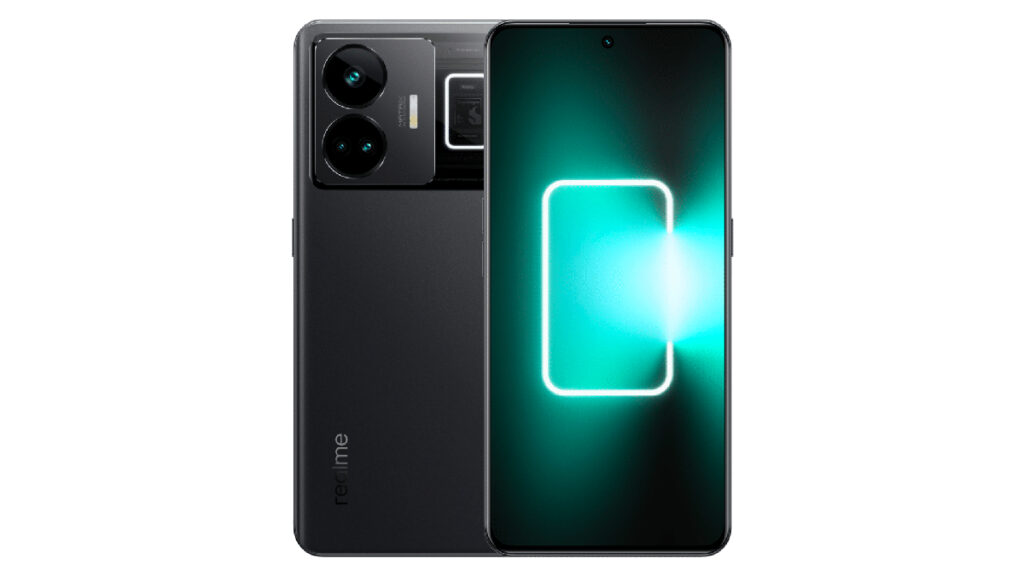
Other key launches for the brand during this period include ones from its most affordable C series — the Realme C33 and C55; while teasers about the upcoming launch of the Realme GT Neo 5 smartphone have also kept the brand near the top-end of smartphone searches through Q1.
OnePlus – 13.7 percent
The presence of OnePlus near the top of the list would have been a bigger surprise had it happened in shipment figures but is not so much in terms of user interest. In the first three months of the year, OnePlus took to the stage to launch its flagship for the year — the OnePlus 11 5G. The latter has since been critically acclaimed and makes for one of the most well-balanced flagship smartphones of the year so far.

The hype around the OnePlus brand remained intact through Q1 thanks to the launch of the OnePlus Nord CE 3 Lite, as well as an upcoming launch of the rumoured OnePlus Nord 3 that bolstered user queries. In the absence of Apple, OnePlus is also the brand with the highest average selling price (ASP) of phones in this list.
Vivo – 10.8 percent
Ranking fifth in the list of top 10 smartphone brands in India in Q1, Vivo‘s user queries were propped up by three distinct lineups — the newly launched V27 series, the soon-to-sell X90 series, and the purported X Fold 2 and X Flip foldable phones.
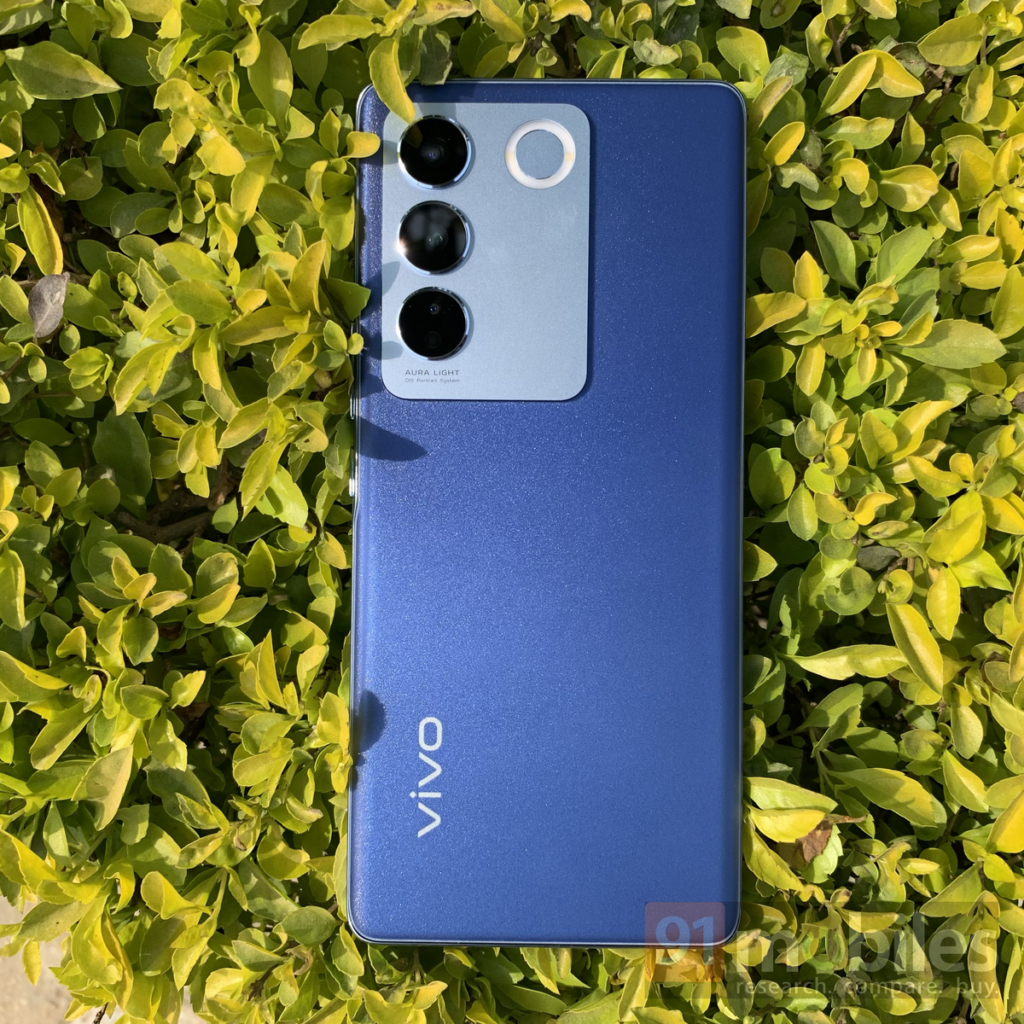
The Vivo V27 series was launched during this period and ranks as one of the most consistent and well-equipped mid-premium range smartphones in the country right now. The V27 and V27 Pro will now be joined by the Vivo X90 flagship, which has been launched globally for a while now, and its India launch has been teased for a while too — hence leading to its contribution to Vivo search queries.
Finally, word regarding Vivo joining the foldable smartphones party is exciting, too, suggesting that the niche, nascent space is soon to become a crowded one, again.
OPPO – 8.4 percent
Most user hype around the OPPO brand was led by the launch of the OPPO Find N2 Flip at MWC 2023, as well as in India. The clamshell folder takes after Samsung’s Galaxy Z Flip line, offering a host of key upgrades to the narrow folding design that offers plenty aesthetically, if not functionally.
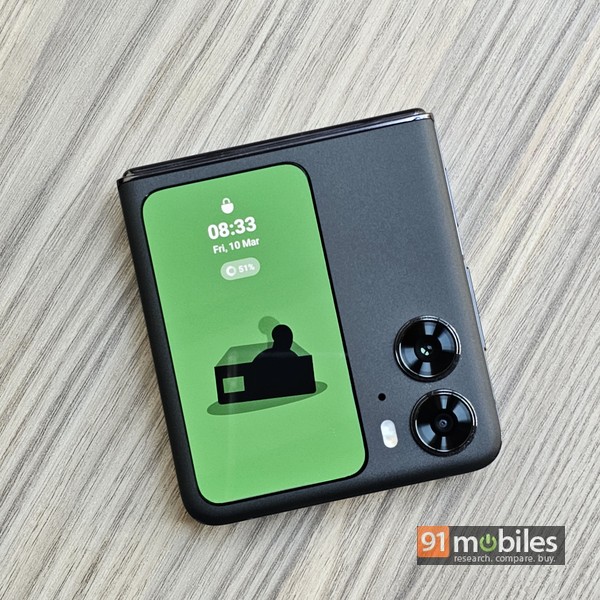
The other notable launch for OPPO during this period was the Find X6 series, which too has offered plenty of ammunition for the brand in its flagship smartphone segment ambitions.
iQOO – 6.8 percent
Vivo sub-brand iQOO‘s time under the sun is nearly up, according to reports, which have claimed that its parent brand will merge it back under its wings again in order to cut costs. While this does not mean that the brand will cease to exist, it does mean that a fairly limited amount of unique products can be expected of the brand.
To be sure, while iQOO products going forward may remain aesthetically different, they are likely to become the same products as parent brand Vivo’s phones at their core — somewhat similar to what OPPO and OnePlus are on the path to becoming (with OPPO being the parent unit).
Until then, the brand fared reasonably well in the first three months of the year, with launches such as the iQOO 11 flagship, and others such as iQOO Neo 7 and iQOO Z7 series bringing up the rear.
POCO – 5.7 percent
The Xiaomi spin-off unit has turned itself into a fairly robust brand name, with two very solid launches in the first three months — the POCO X5 Pro and the POCO C55 affordable smartphone. POCO has continued to create a larger brand name for itself, now having roped in Indian men’s cricket team player, Hardik Pandya, as a brand ambassador.
These efforts appear to be paying off for POCO, which now ranks eighth among user queries for smartphone brands on 91mobiles during the first three months of the year.
Moto – 4.1 percent
Now only a shadow of the brand that it once was, Moto is definitely among the quieter brands in India right now — something that is clearly reflected in its popularity listing among brand user queries on the 91mobiles platform. Nevertheless, Moto launched the G73 5G smartphone in India in the first three months of the year, as well as the more affordable E13.
The first three months also saw Moto G62 from last year being ranked as the best sub-Rs 15,000 smartphones for 2022, while another hype around the company comes from the potential upcoming launch of the Moto Edge Plus 2023, in the coming months.
Infinix – 3.1 percent
Infinix will have had a notable Q1 this year thanks to the launch of two new laptops under its brand — an interesting diversification for a brand still finding its footing in the Indian smartphone brand space. Nevertheless, it also had a number of smartphone launches during this period, such as the Infinix Note 12i, Zero 5G, and Smart 7 among smartphones, and the ZeroBook Ultra and InBook Y1 Plus in laptops.
The company also marked this quarter by unveiling 260W wired fast charging, which is among the fastest commercially available fast smartphone charging standards in the market right now.
Trends analysis
Each of these rankings, when put together, reveals an interesting set of trends to note for the quarters to come, and the quarter has gone by. The following are our key takeaways.
Flagship launches propel brands in Q1
The start of the year was dotted with a number of flagship smartphone launches — most notably including the Samsung Galaxy S23 series, Xiaomi 13 Pro, and OnePlus 11. Based on these parameters, it is clear that the maximum amount of user hype and interest is still generated by the aspirational flagship products, and not the mass market movers.
Case in point — brands with flagship device launches through the period have had more user queries generated. This is a trend that could become increasingly more predominant through the upcoming year, and beyond.
Value over price?
The flagship trend also reinforces what many market researchers have said about the rising average selling price of smartphones in India — which has risen from around Rs 12,000 two years ago to above Rs 20,000 right now, as per a Mint report from November last year. This has marked an increase of nearly 70 percent in the ASP of smartphones in India.
However, users are also holding on to their phones for longer, which suggests that while Indian smartphone buyers may be buying fewer phones today, they are increasingly interested in more aspirational devices that will last them for longer. The interest around flagship launches reinstates this.

















